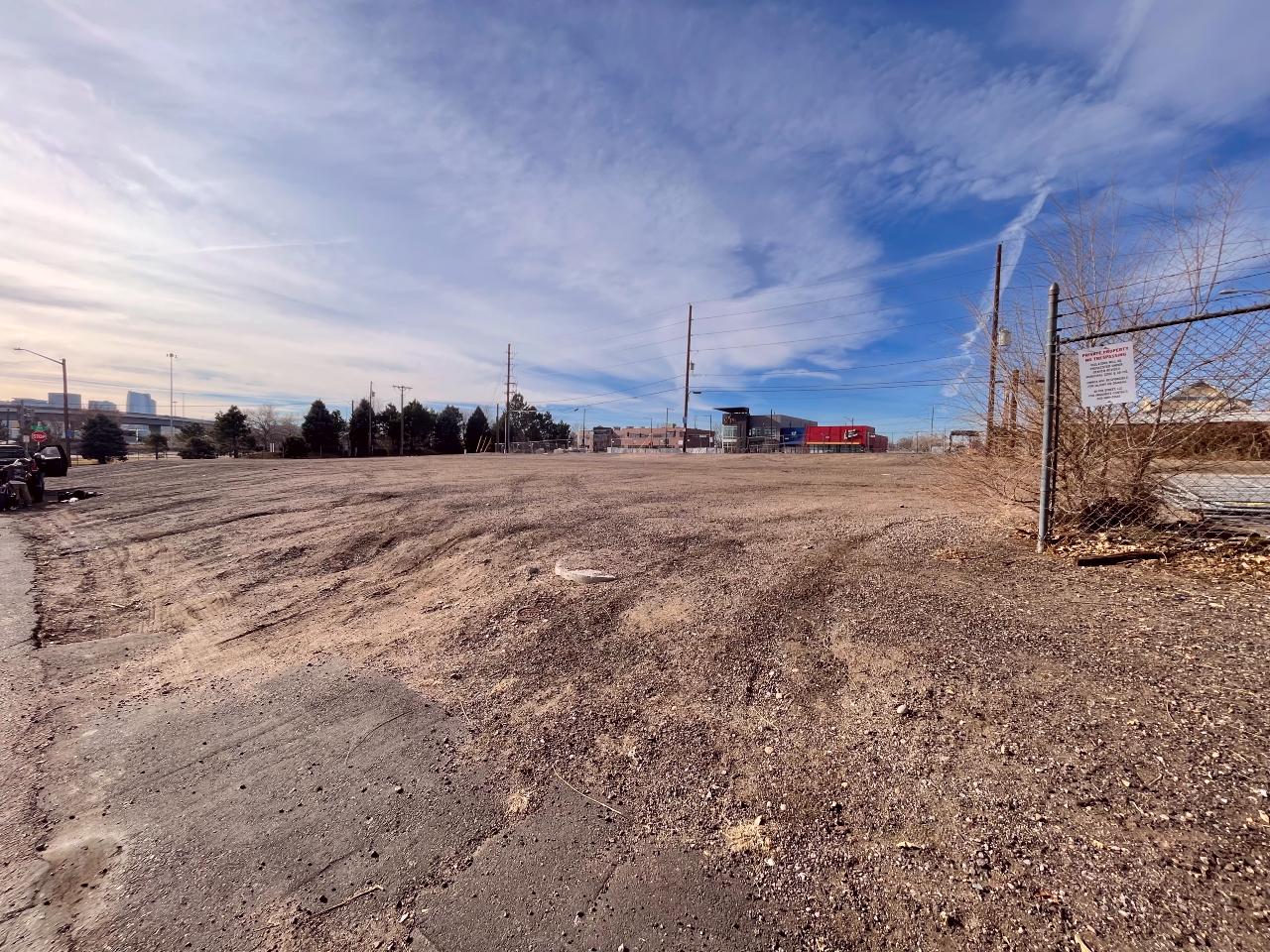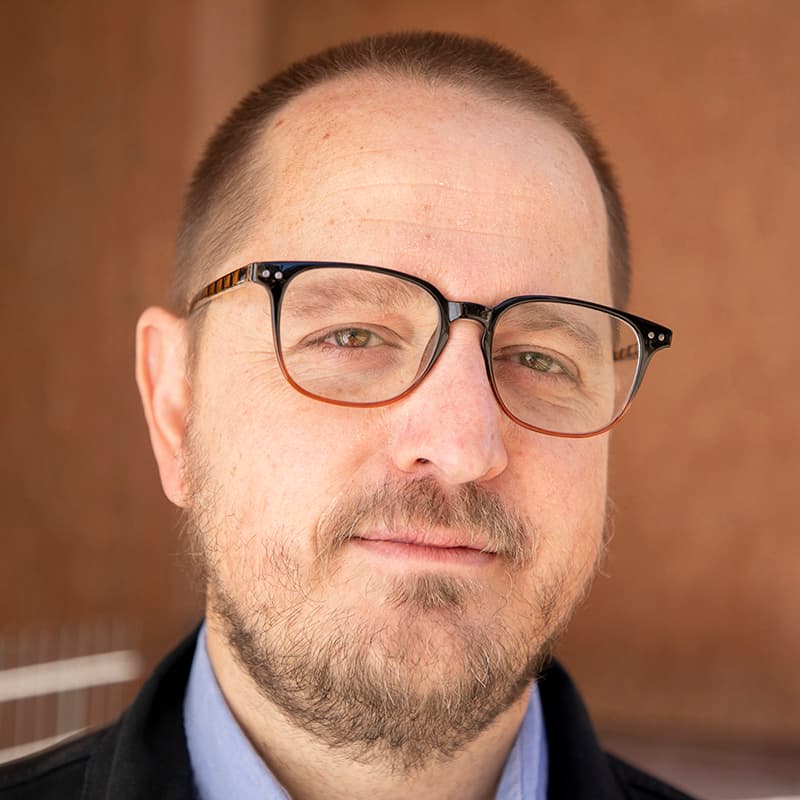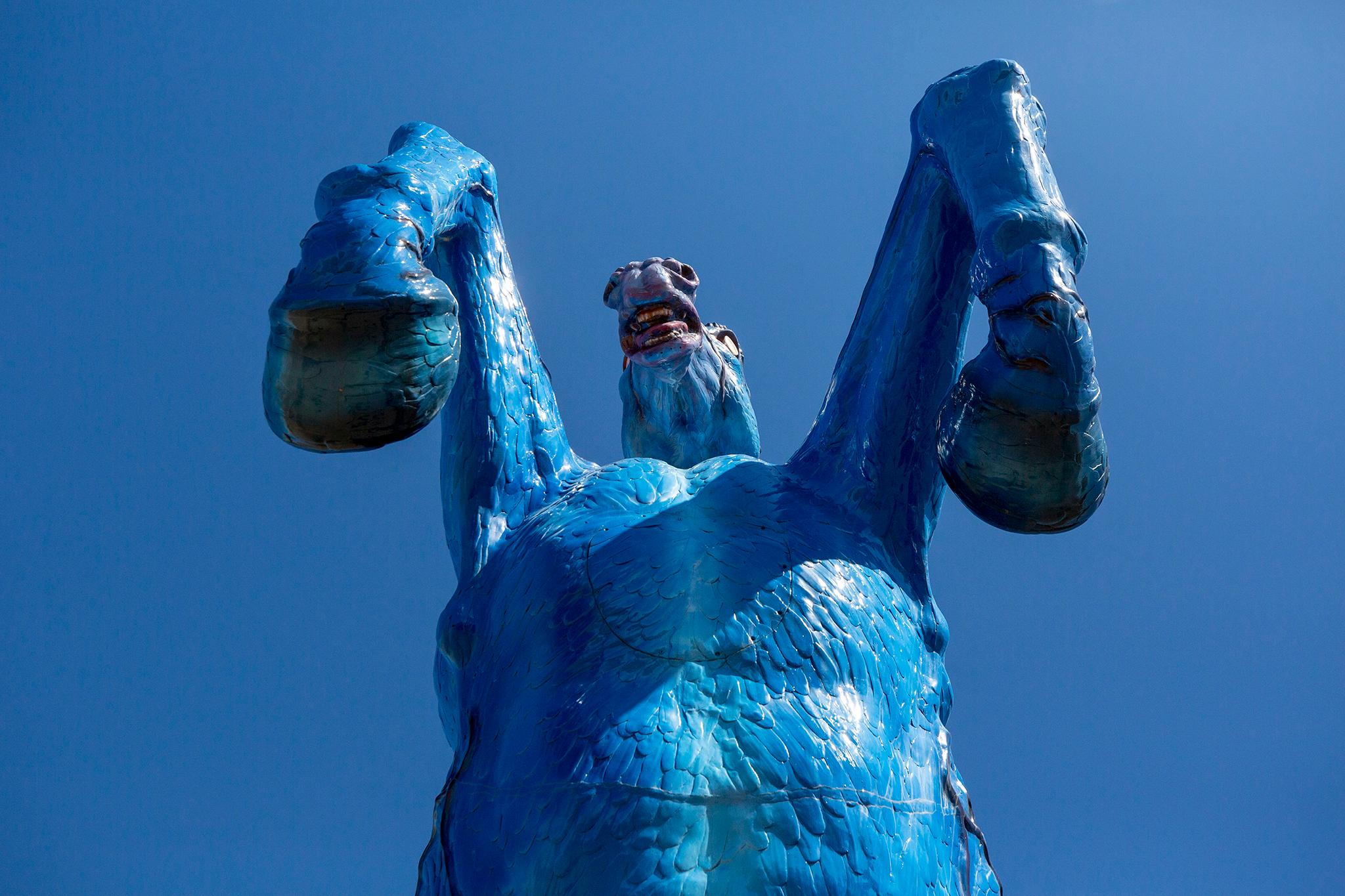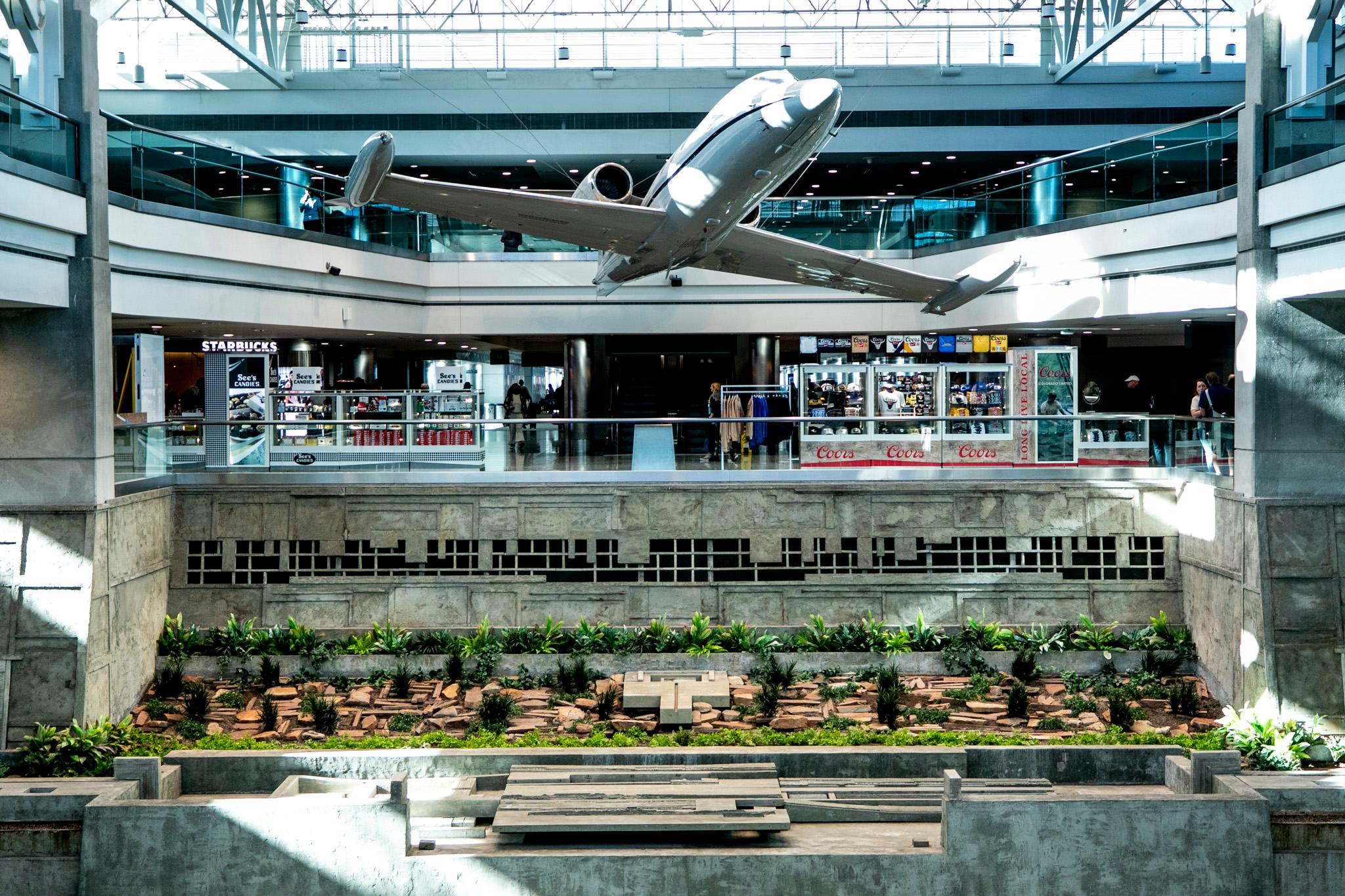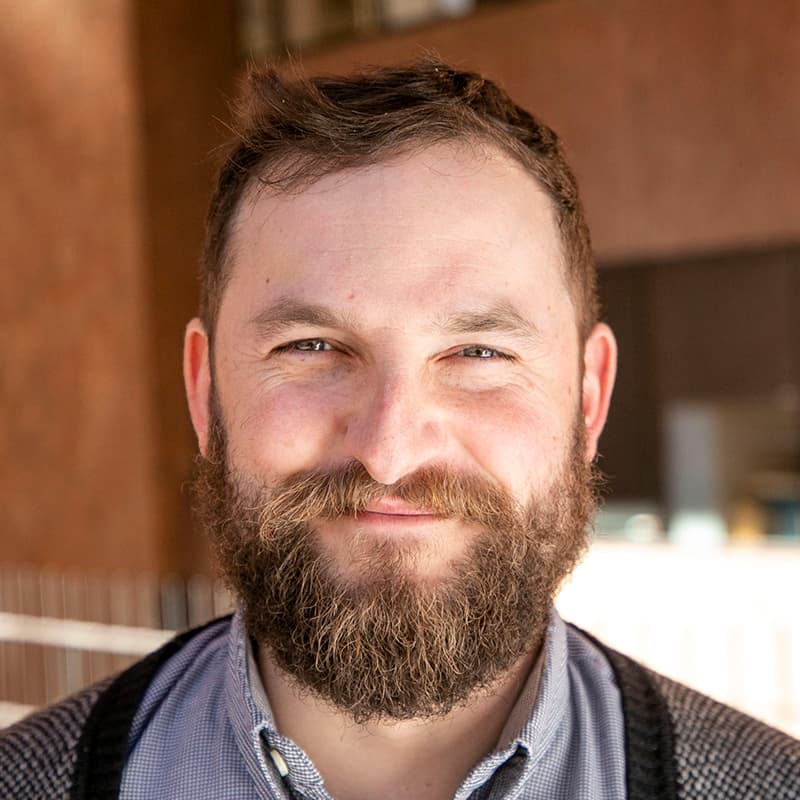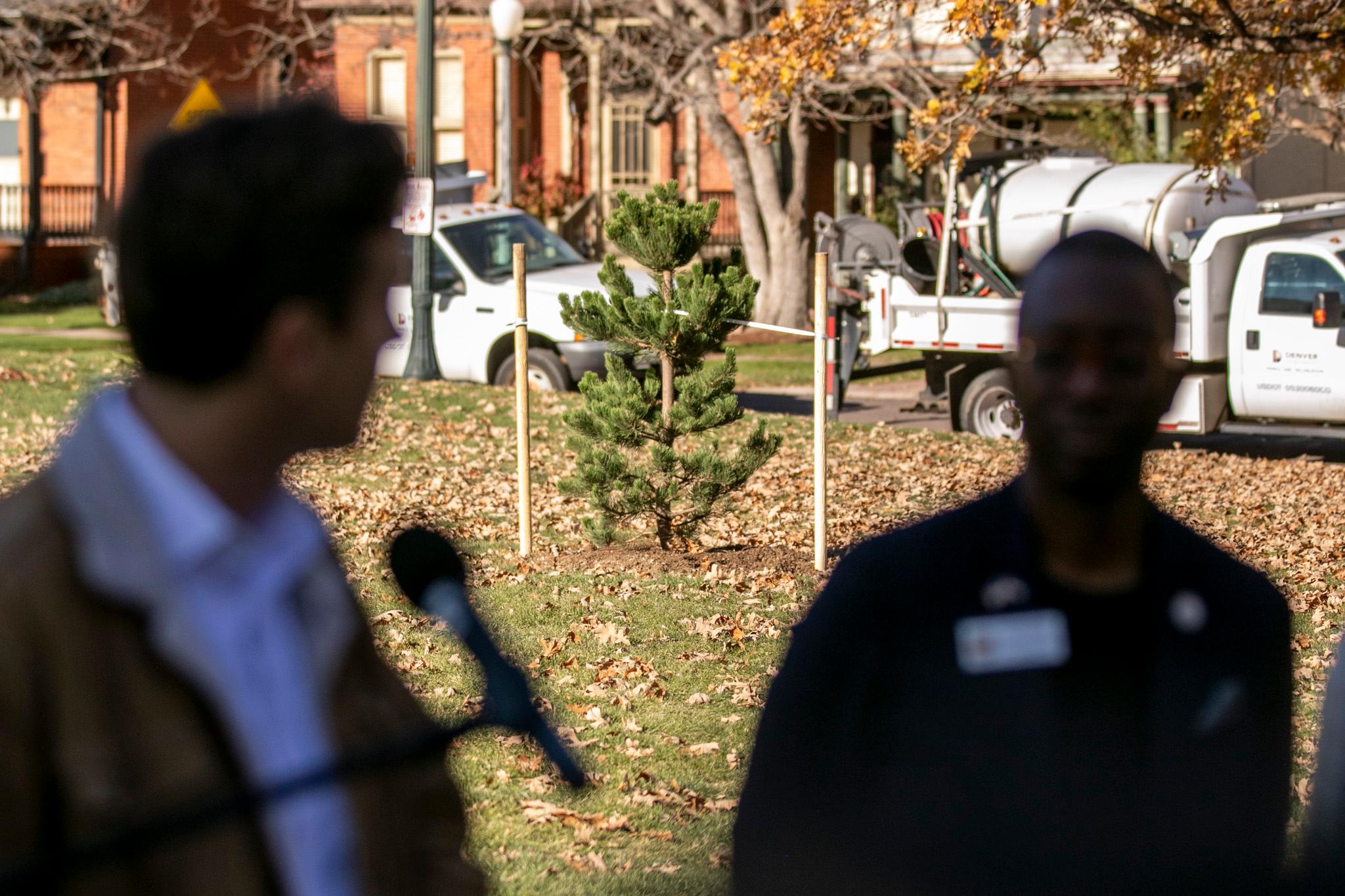Ivy Ha never imagined her life would be in a museum exhibit.
“I think, ‘A lot of people have better stories than me. Why is my story important?’” she said.
Ha is one of almost 40 community members who contributed oral stories to the “Big Dreams in Denver’s Little Saigon,” now open at the History Colorado Center. She is a Chinese-Vietnamese refugee who arrived in Colorado at age 17 in 1979 after the fall of Saigon. The now-retired business owner ran the Modern Boutique hair salon on Federal Boulevard for nearly four decades.

“I think I opened it in 1983 or ‘84, around then,” Ha told Denverite. “And the first year, it was tough. First year was pretty much no customers at all.”
“Big Dreams in Denver’s Little Saigon” documents the area of West Denver along Federal Boulevard between Alameda and Mississippi avenues from the 1980s through today.
The Far East Center is the most well-known part of Little Saigon and was designated an official state historic landmark by History Colorado last year. That commemoration led to the creation of the Little Saigon Memory Project, which is now a part of the physical exhibit at History Colorado.
“It is one of only three Asian American sites in the state. We recognize that the sites and the architecture and the buildings themselves are not the whole story,” said Yadira Solis, the Director of the Museum of Memory at History Colorado. “What are the stories of entrepreneurs, of immigrants, of refugees? What are the stories of resilience and joy? The stories of multiple generations, from initial immigrant refugees to first generation and second generation, and how their legacy is continuing.”
The Museum of Memory focuses on “collective remembering,” or what a community remembers as a whole.

“Part of this work with collective remembering is we really try to work with communities in which stories are typically on the margin,” Solis said. “They're never really heard. Or, if they're heard, they're heard very much internally, within their community, but there's no preservation of these stories.”
Solis collaborated with Colorado Asian Pacific United, an AANHPI advocacy group who co-created the exhibit, and community oral historians. They came up with a list of questions focusing on the individual journeys of the community.
“I think it also came from the curiosity of the fact that the stories of many family members are not really spoken or heard,” Solis said. “We focused on the future of Little Saigon and what they envision for it to look like. And I think they all spoke from a place of wanting to continue the legacy and for the families to know what this district means to them.”
There are 36 oral histories available to listen to online, representing Little Saigon’s past, present, and future.
At the exhibit, there’s a kiosk where visitors can scroll through more than 40 clips from those interviews, including memories of gang culture in the ‘90s, the difficulty of sharing traumatic stories, and the importance of Little Saigon as one of the only places to find an Asian community in Denver.
“Back then there were a lot of gangs,” Alicia Penkhay, who is Laotian and grew up in the Westwood projects, said in one of the clips. “It was Hmong people, then there was Laos, and Khmer, and Vietnamese. And then there's this group called AP, which is everybody of a different race.”
The clips highlight the ethnic diversity of immigrants and refugees who settled in Little Saigon, not just the Vietnamese diaspora.

“Slowly through the years, though, Asians started coming together,” said Dara Chhim, who is Cambodian, in his interview recording. “Vietnamese, Cambodians, Laotians, things like that. After a while, everybody just really started just hanging out with everybody before 2000.”
Ivy Ha was interviewed by her daughter, Joie. Both of them served as community oral historians. Some of the memories were painful to talk about.
“When [Joie] started interviewing me, I start to cry because I don't know this story. Everything is deep inside my heart,” Ha said. “I've been suffering, hiding all this inside my heart, and I just thought, ‘I ignore, I don't want to talk.’ And once she bring it out of me, I was crying. I'm really thankful that she did that.”
But there are also plenty of joyful pieces, like how Ivy’s hair salon was a gathering place for the community.
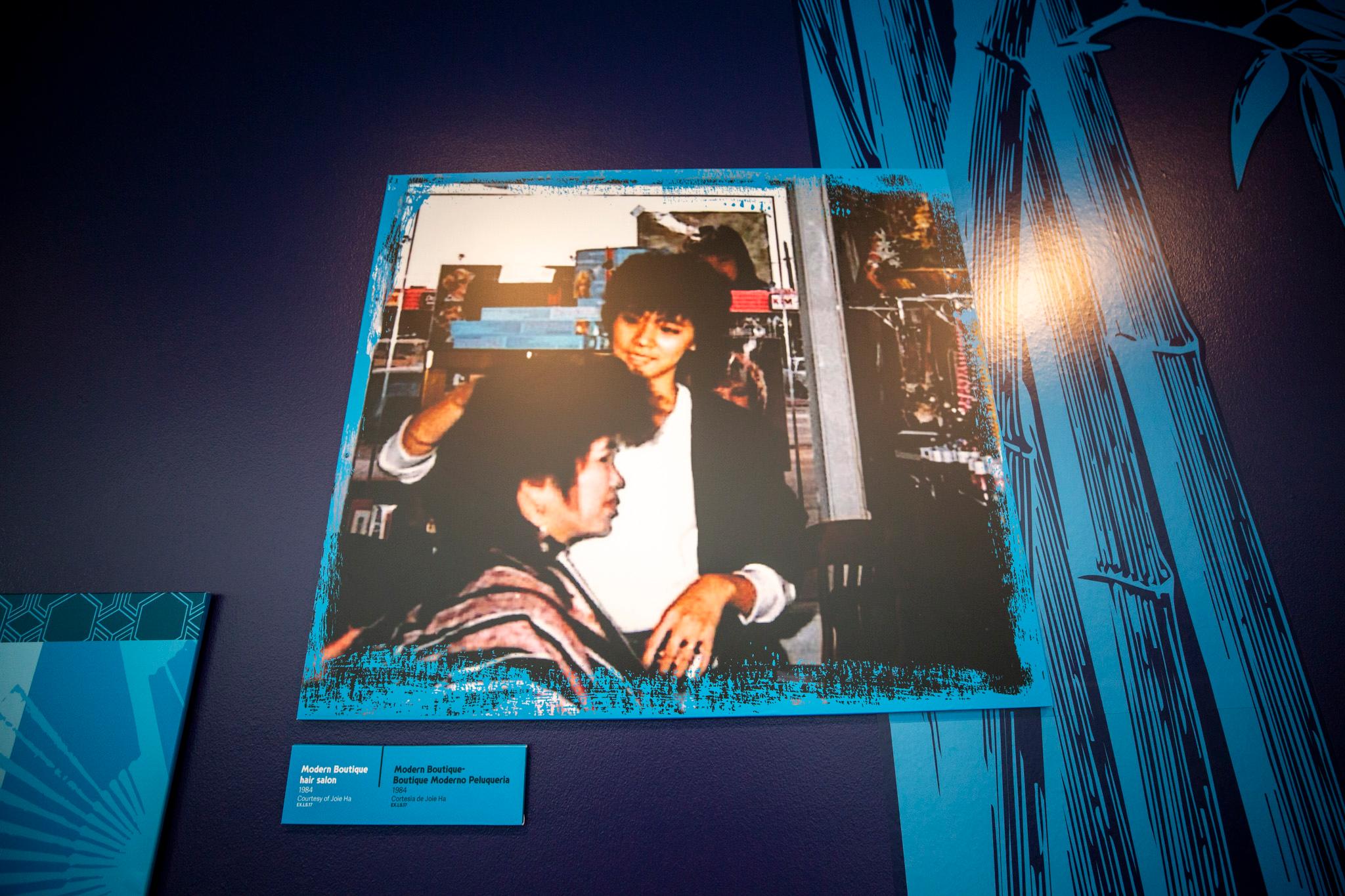
“On the weekend, you can see a lot of different nationalities there,” she said. “Like Hmong, Cambodian, Vietnamese and then Chinese. [For example] in the 1990s, karaoke was very popular. We saw a lot of karaoke, and a lot of people came here.”
"This Little Saigon mezzanine is not just about the Vietnamese, Latinx community, or just even the Denver community,” Jadyn Nguyen, a community oral historian who gathered seven interviews for the project. “It's about people taking ownership and pride over what you've done in your life and then sharing that. And on this kind of stage, this is a state-funded museum.”
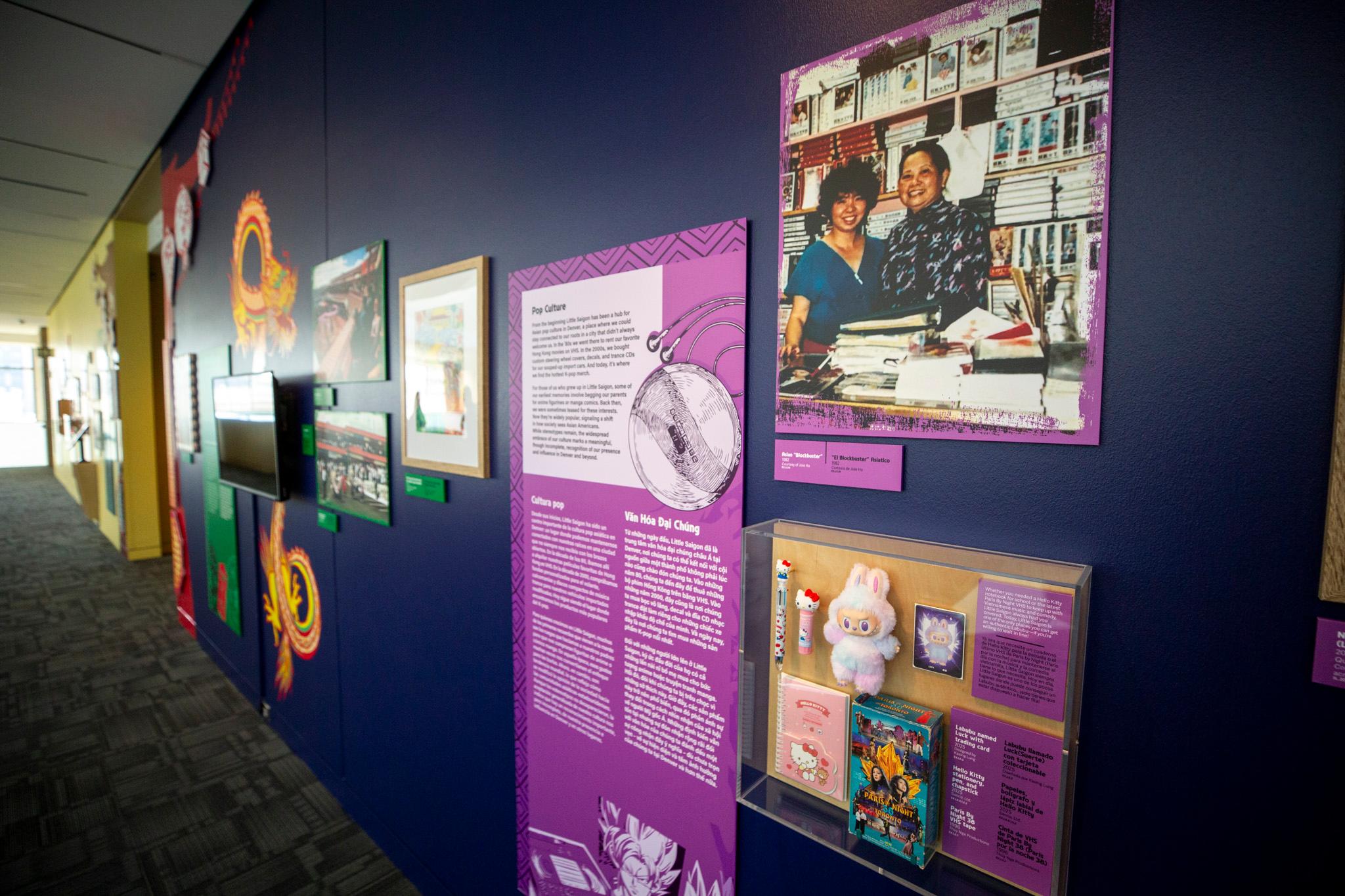
The exhibit is organized chronologically, but you can start from either end — the past or the present. There are multiple generations represented, from the earliest immigrants who founded businesses in Little Saigon in the ‘80s to the new generation — Labubu obsessions and all.
Contributors say the exhibit cements the legacy and continued presence of this community in Denver. But with the passing of time, Little Saigon is changing.
“There are businesses going in and out of it, so sometimes I miss the old businesses,” said Jane Ly, who interviewed five people. “But sometimes I just really do embrace the new ones coming in, like a new generation of owners.”
No matter how the area changes, the people of Little Saigon say they hope their stories will be remembered for centuries to come.
“This is a lot of history for a hundred years later. Maybe my grandkid will stay here, talking about this,” Ivy said. “If we don't have today to report it to them, in a hundred years from now, this whole thing will disappear.”
For now, the stories of “Big Dreams in Denver’s Little Saigon” will be on view until October 2026.
“I think the point of all this is like, ‘Yeah, we are still here,’” Nguyen said. “The difference between this versus other exhibits is that these aren't dinosaurs. That to me is what's most exciting. It's like it's alive.”
The History Colorado Center is located at 1200 Broadway in Denver. It is open 10 a.m. to 5 p.m. daily.

